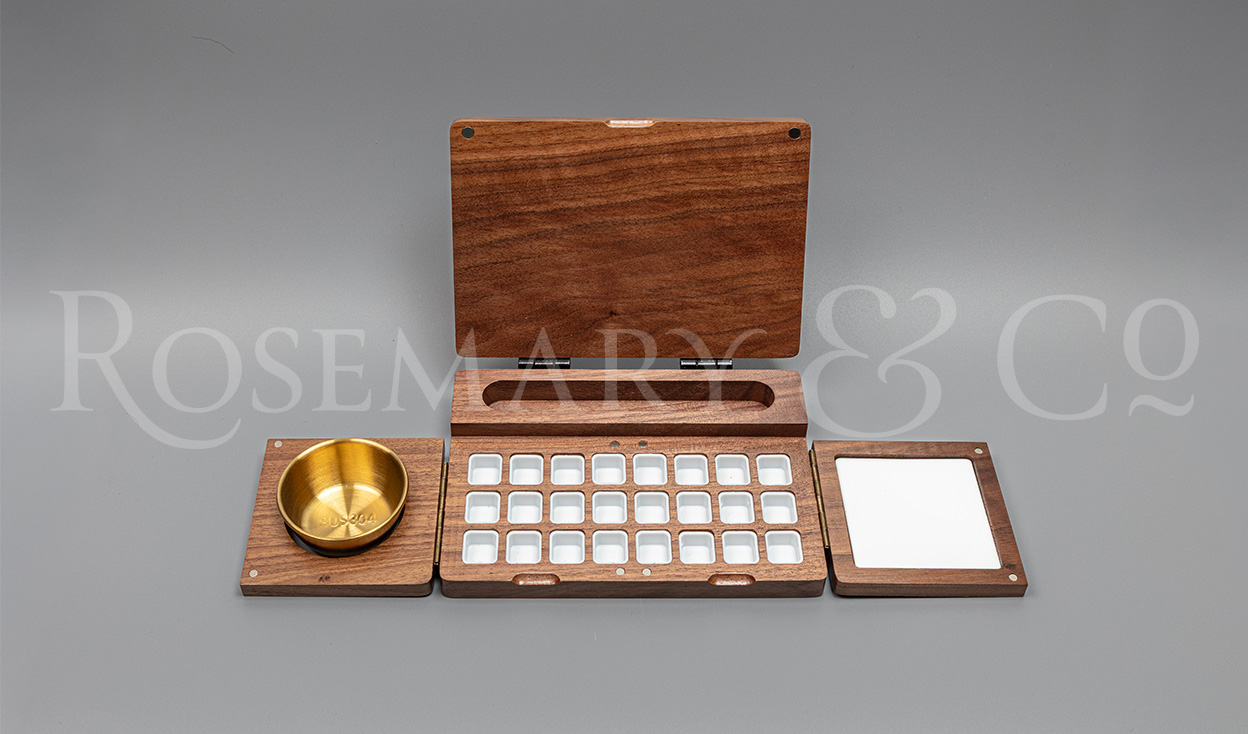
NEW Walnut Travel Paint Box
A beautiful travel paint box, yet practical too. Finished with the R & Co logo on the lid. Made with…
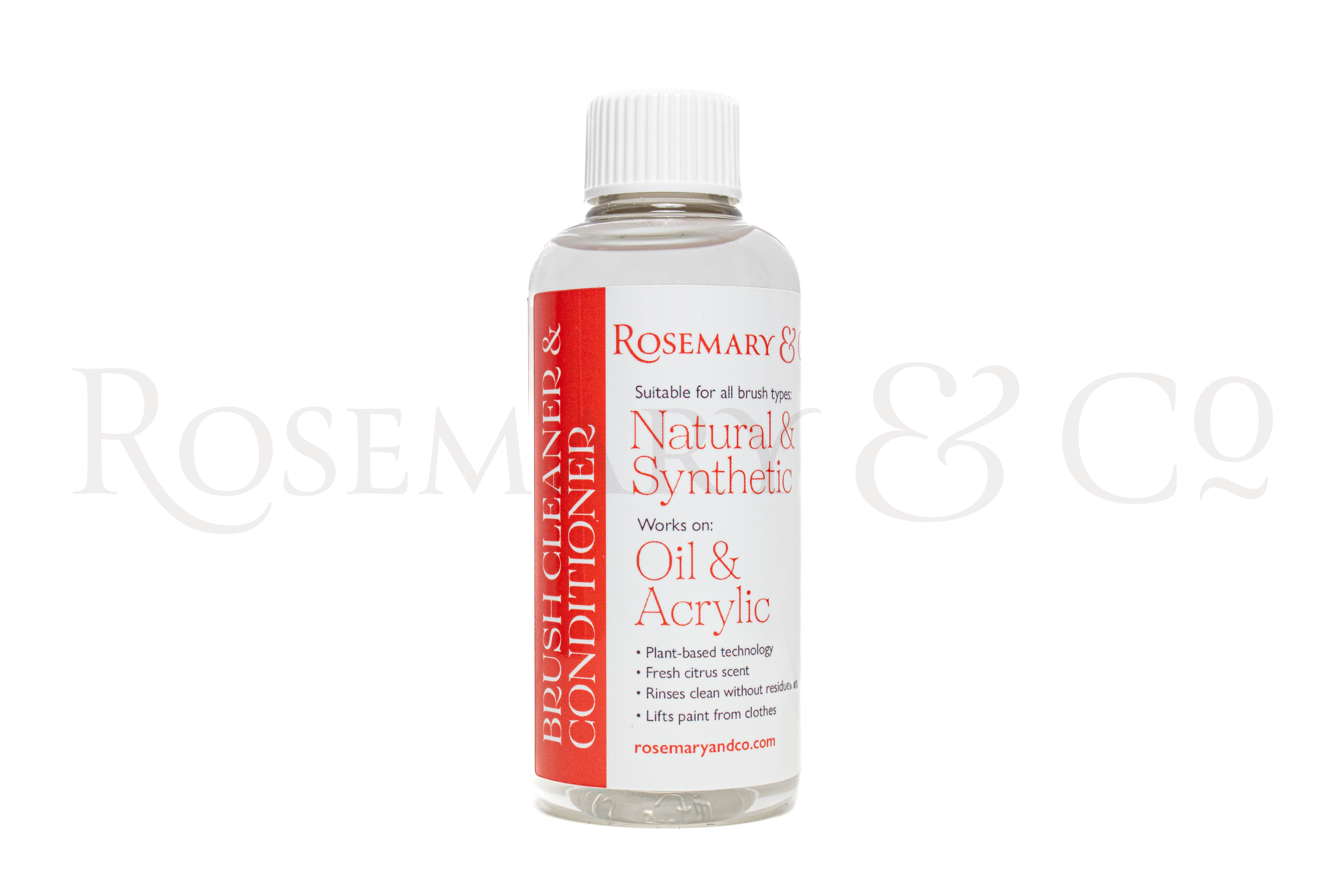
Introducing our Brush Cleaner & Conditioner
Superlative green chemistry Water-based formula Gentle and effective In our unwavering quest towards a greener tomorrow, we continue to blend…
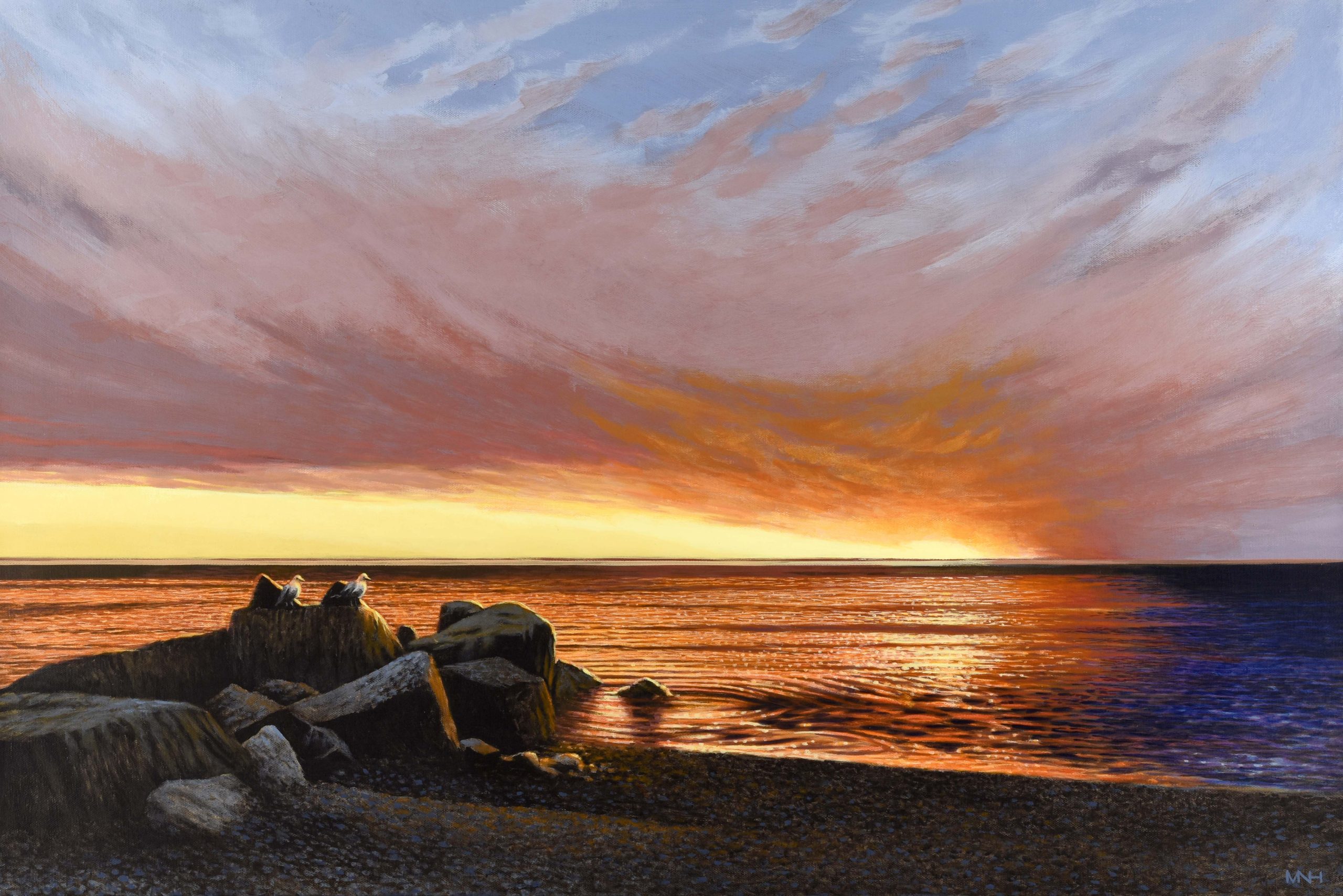
New Day by Markus Neal Humby
"Rosemary's Ivory long filberts are a great choice for acrylic paints. They hold a lot of medium viscosity paint, so…

Firmest to Softest Brush Ranges – Quick Guide
Here is a quick guide to the different characteristics of our brush ranges. Please note these charts do not take…
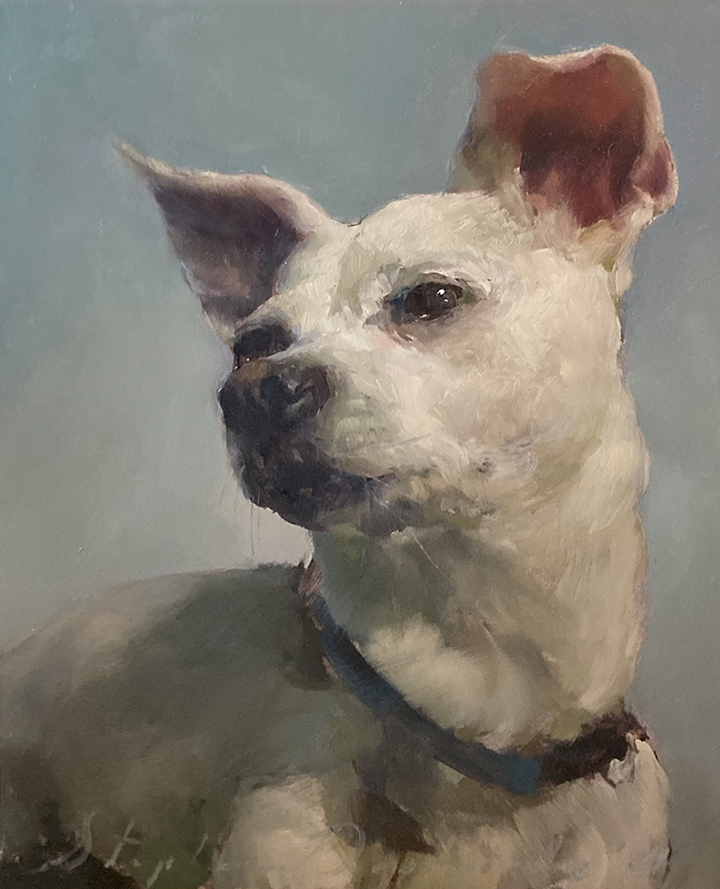
Teachers’ Set – Stephanie Deshpande
Stephanie Deshpande is a realist painter based in northern New Jersey, recognized for her psychological portraits and narrative paintings, which…
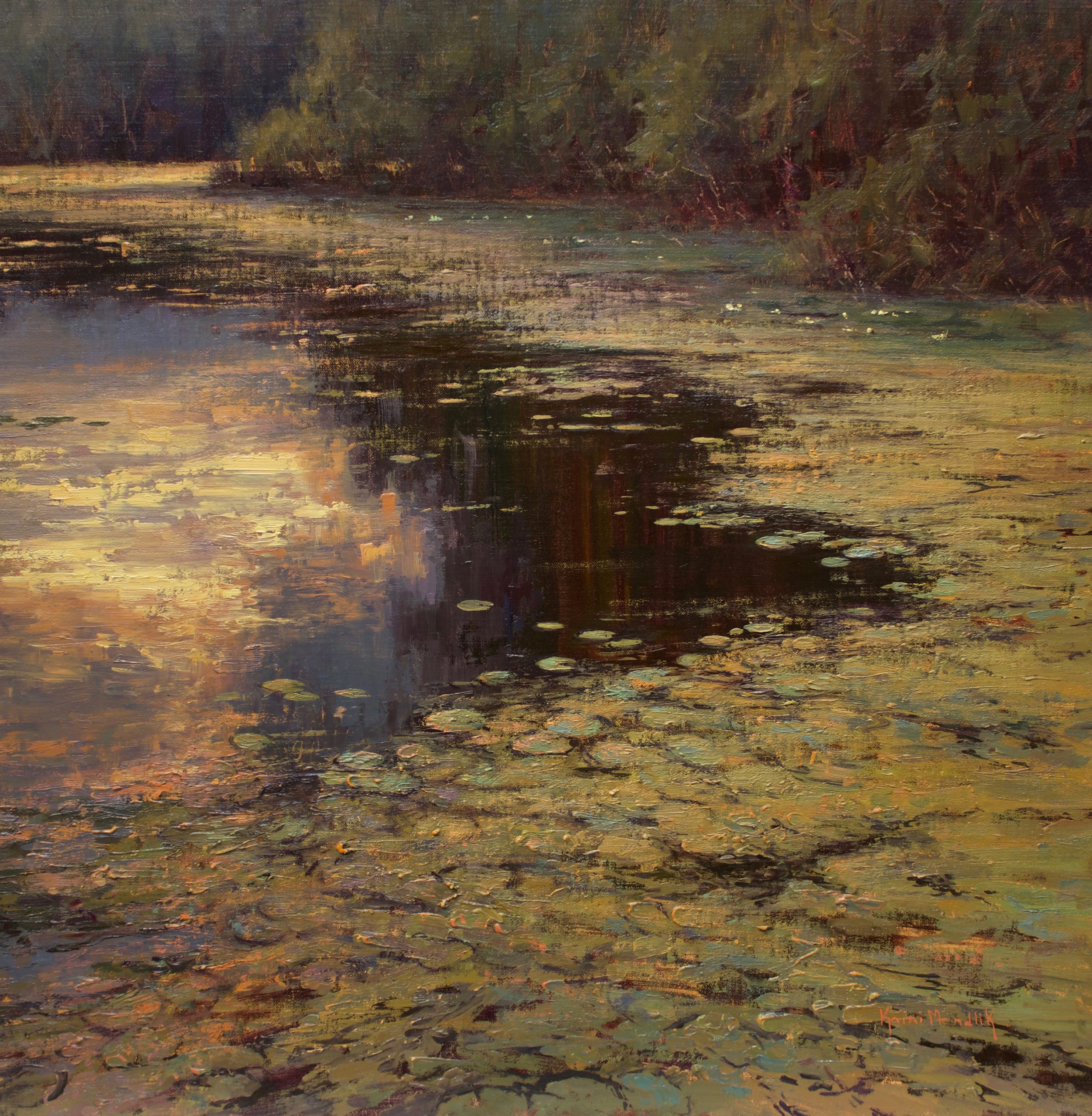
Teachers’ Set – Kami Mendlik
Introducing one of our new Teachers' Sets, the Kami Mendlik Set! Kami Mendlik is a nationally and internationally recognized oil…
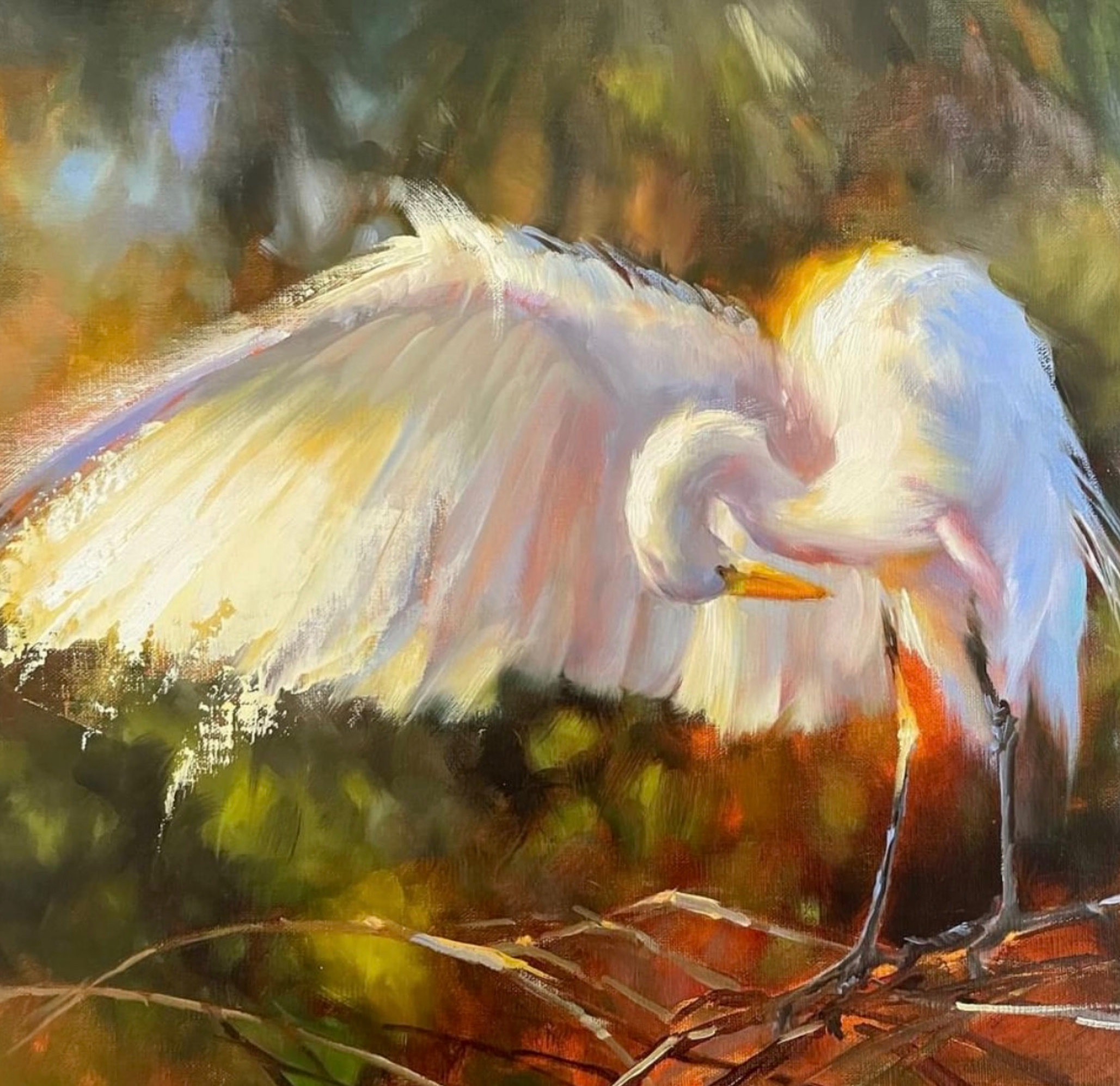
Teachers’ Sets – Michelle Held Gouache & Ambassador Set
We're thrilled to announce a new sub-section of our website, dedicated to our Teachers' Sets. Our very first teacher we…

Our New Plein Air Ivory Range
We are excited to launch our Ivory range ' En Plein Air ' with non-reflective ferrules. For those outdoor artists…
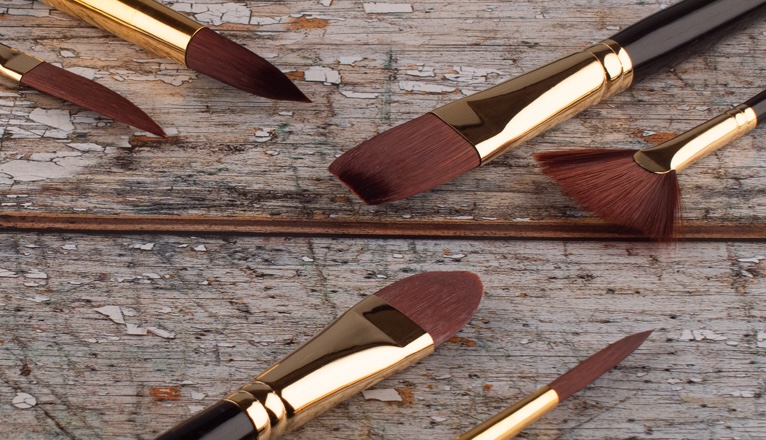
Gouache; A Brief History and The Suitability of Rosemary & Co’s ‘Shiraz’ Brushes
Gouache paint has been around for centuries however not many casual artists have experience with them like they have with the more…

